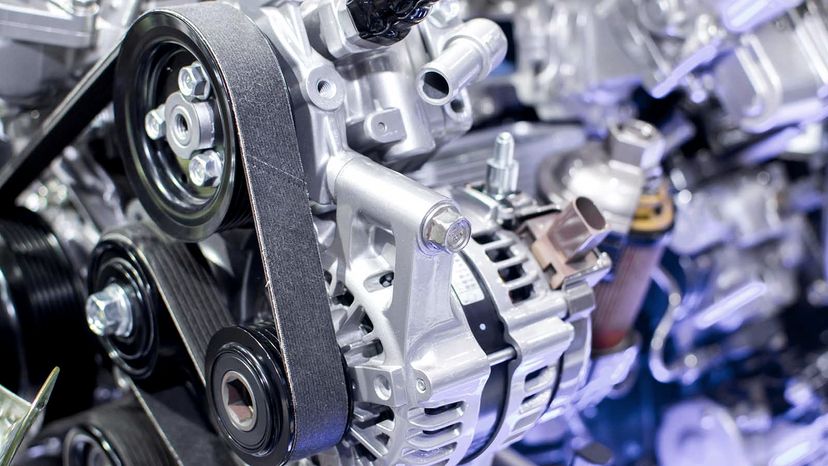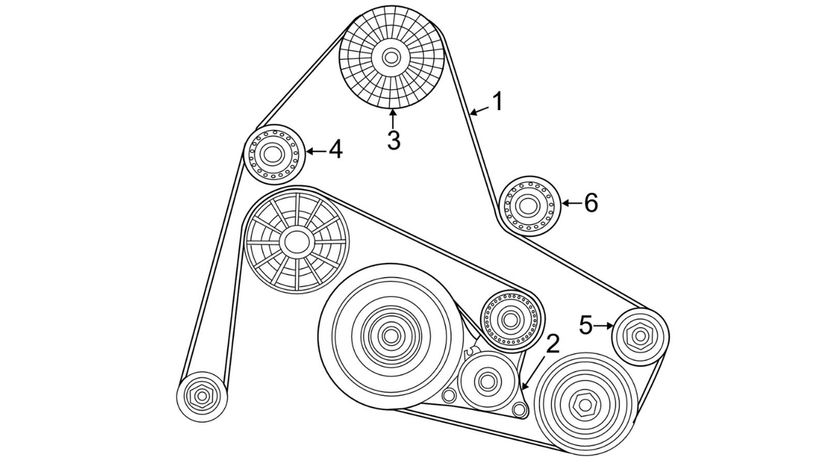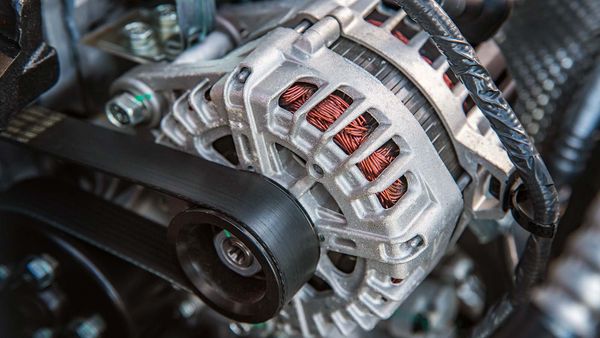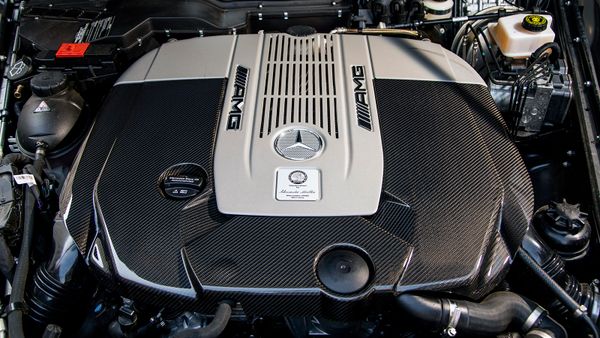
A serpentine belt (aka alternator belt) sounds cool, right? All slithery and snaky. Well, it isn't called that for nothing. This long belt in your car's engine has vertical grooves running its length and it snakes around several pulleys, connecting them to the motion of the engine's crankshaft. As that turns, the belt causes the pulleys to turn, which powers all the engine accessories, including your car's alternator, air conditioning compressor, power steering pump and sometimes a water pump [source: AutoNation].
Older cars had several belts to run all these systems. They wore out faster, and the mere fact of just having more belts meant they took up more space. A single serpentine belt is lighter and makes for a more compact, efficient engine.
Advertisement
But it also means having to thread a new belt around all those pulleys when it needs replacing. With some preparation and care, it's not all that difficult to do.



